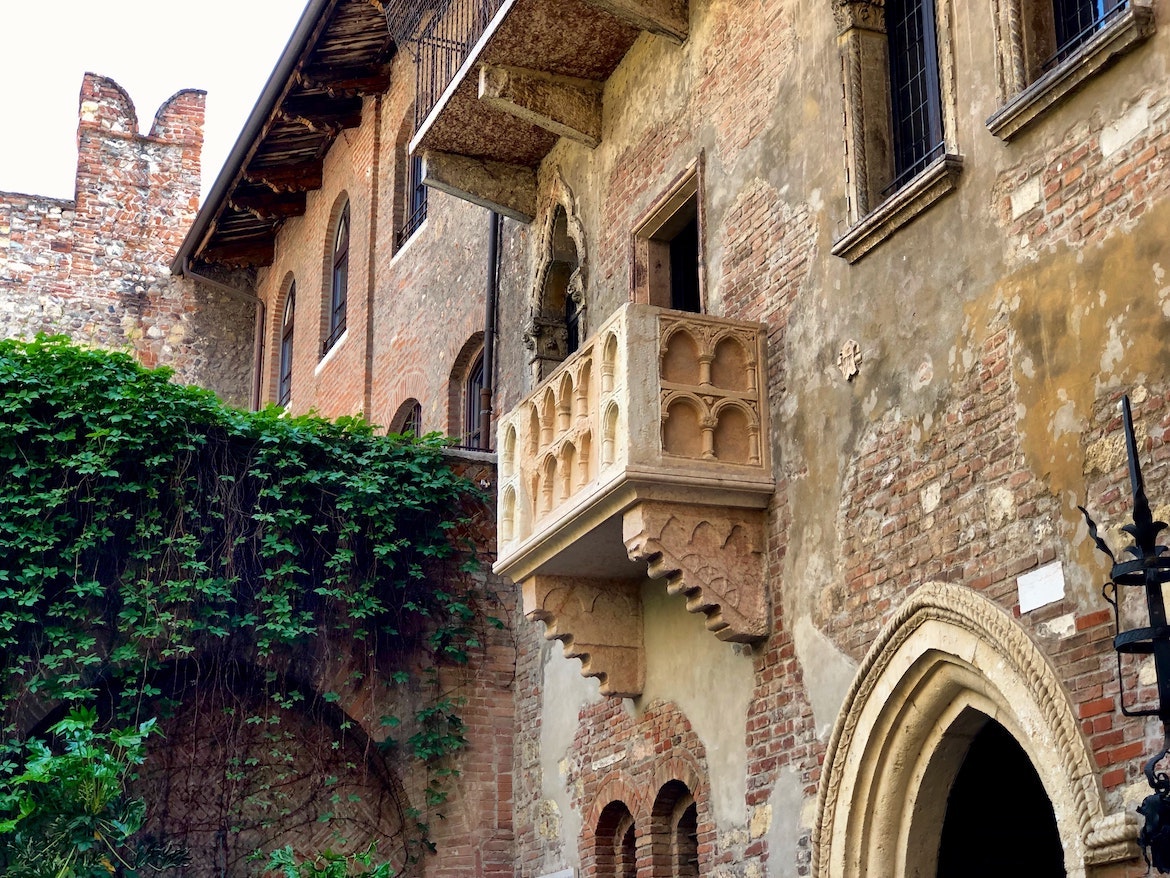written by Anne SkyvingtonJanuary 6, 2023

What Are The Different Forms Love Can Take?
During my university days, I fell into and out of love easily and frequently. So did my peers. Sometimes these relationships lasted for a lifetime, but oftentimes, they failed.
A Tripartite Classification
Plato, in The Banquet, states that all amorous relationships can be classified according to three elements.
· Eros
· Philia
· Agapé
Firstly, it’s a question of sensual love. The ancient Greeks’ God, “Eros”, stood for this kind of love. It’s about passion, often felt in every fiber of the body.
Love can also be seen as friendship. Here, a coupling based on mutual respect and caring may lead to a successful and lasting union. This was named “Philia” by the Greeks, and could include eventual romance and marriage, but not necessarily.
A third kind of love is that named “Agapé” by the ancients. This is a boundless love without constraints, such as that expressed by Christians for their God.
A Classification That Includes Love Of Your Children
But first, let me explain an extra category of love, Storge, using the same Latin words to simplify the matter. As Explained above, Eros is erotic love, perhaps the most surface or superficial one of the four; Philia is the love for friends and partners; Storge represents the intense love we feel for our children, and Agape is the love for what we know as “God.”
Now that I have reached well into my seventies, I have experienced all of these forms of love and benefit from their constant energetic reflections. But it is Agape, the fourth, more mysterious type of love, that I now choose to devote time and energy to understanding it better.
Spiritual Reversals & Moving Toward Agape
I’ve always loved stories about reversals of fortune. But what about those spiritual stories where a person does a 180% turnaround from being a sceptic to becoming a believer? I have one of them tucked away in a corner myself. That’s for another day. Let me start with amazing stories from others that have changed their lives and fed me with spiritual tidbits to nourish my flagging soul cloth.
One of the stories that throws light on my search for Agape is from a famous English neuro-psychiatrist, Peter Fenwick, who started off believing that near-death experiences were a result of hallucinations taking place in the brain as a patient approached death. He finished, after painstaking research, by accepting that “the mind is still there after the brain is dead.”
With his wife, Elizabeth, he has written about his experiences in The Art of Dying. He is an avid supporter of a more holistic approach to death and dying. The Fenwicks argue that modern medical practices have devalued end-of-life experiences and ignore or shut out the beneficial mystical experiences that happen to the dying. These have been witnessed by carers when their loved ones or patients are allowed to participate at the end of life.
Dr. Fenwick collected and interviewed 300 people who have experienced near-death events (NDEs). They all point to the probability that human consciousness survives bodily death. He argues that consciousness may be more than just a function of the brain.
Incidences Of Near Death Events
I experienced this continuation of consciousness in my father when he was dying in 1978 and even after he was pronounced brain dead.
Of course, Peter Fenwick was criticized by many in the medical community for his statements about separation of the brain and consciousness. He replied by pointing out that the soul and life after death are still open questions. Since gaining a smattering of notions about Quantum physics, I am open to the possibility that the mind is linked to “something” outside of the body.
There have been many more experts on both sides of the question of brain versus mind since then. Dr. Eben Alexander, a neurosurgeon, originally believed that the near-death experience was caused by the restriction of oxygen to the brain as a person slipped from life to death. But he changed his mind after it happened to him. He had a rare form of E-coli bacterial infection which put him in a coma and rendered him brain dead in hospital.
His mission now is to convince others that the brain also operates as a filter in addition to its memory storage function.
Recovery After Drowning
Dr. Mary Neal had a kayaking accident in which she drowned during an adventure with friends on the Fuy River in southern Chile in January 1999. She was underwater for 20 minutes before her friends could get her out of the river and administer cardio resuscitation. She recovered completely over time and was able to recount some amazing details of her experiences while “out of it.”
After Dr. Neal recovered, her son, Willie, was killed in a tragic accident. She believes that she was destined to come back to life in order to aid her husband and other family members in dealing with the son’s death. She felt her NDE helped her know that her son would be in a good place, full of love and peace, a place she longed to return to despite her great love for her family.
There are many more authors and experts writing about NDEs and end-of-life experiences, both in books and online. In some hospices in the UK and in one special hospice in the Netherlands, nursing staff report on unusual experiences of patients as they approach death. Many of these appear to bring comfort to them and reassure them that it is not the end.
Many of us become interested in exploring Agape as we age. The approach of death calls on us to look forward to the next stage of life. Retirement results in time and freedom to devote to this quest. Greater wisdom, perhaps, encourages us to reflect more deeply on this more mysterious form of love.
Key Message: Several medical experts have changed their minds after experiencing near death events (NDEs). They have changed from scepticism about life after death, to believing in an afterlife. Consciousness, they have come to believe, is not linked exclusively to the brain, but the latter appears to be mainly a filter for the mind and consciousness, that continue after death. These stories give me hope that there is more to life than what happens on the surface.
Feature Picture: This is a photo of a balcony in Italy that is reminiscent of the one in the play, Romeo and Juliet, by Shakespeare: Maksym Harbar Unsplash
How are Near Death Experiences an indication of Agape?What are the four forms of love in Latin terms?Which one does the author see as the most mysterious?Which one is the author moving towards?Which one is the most ubiquitous?

